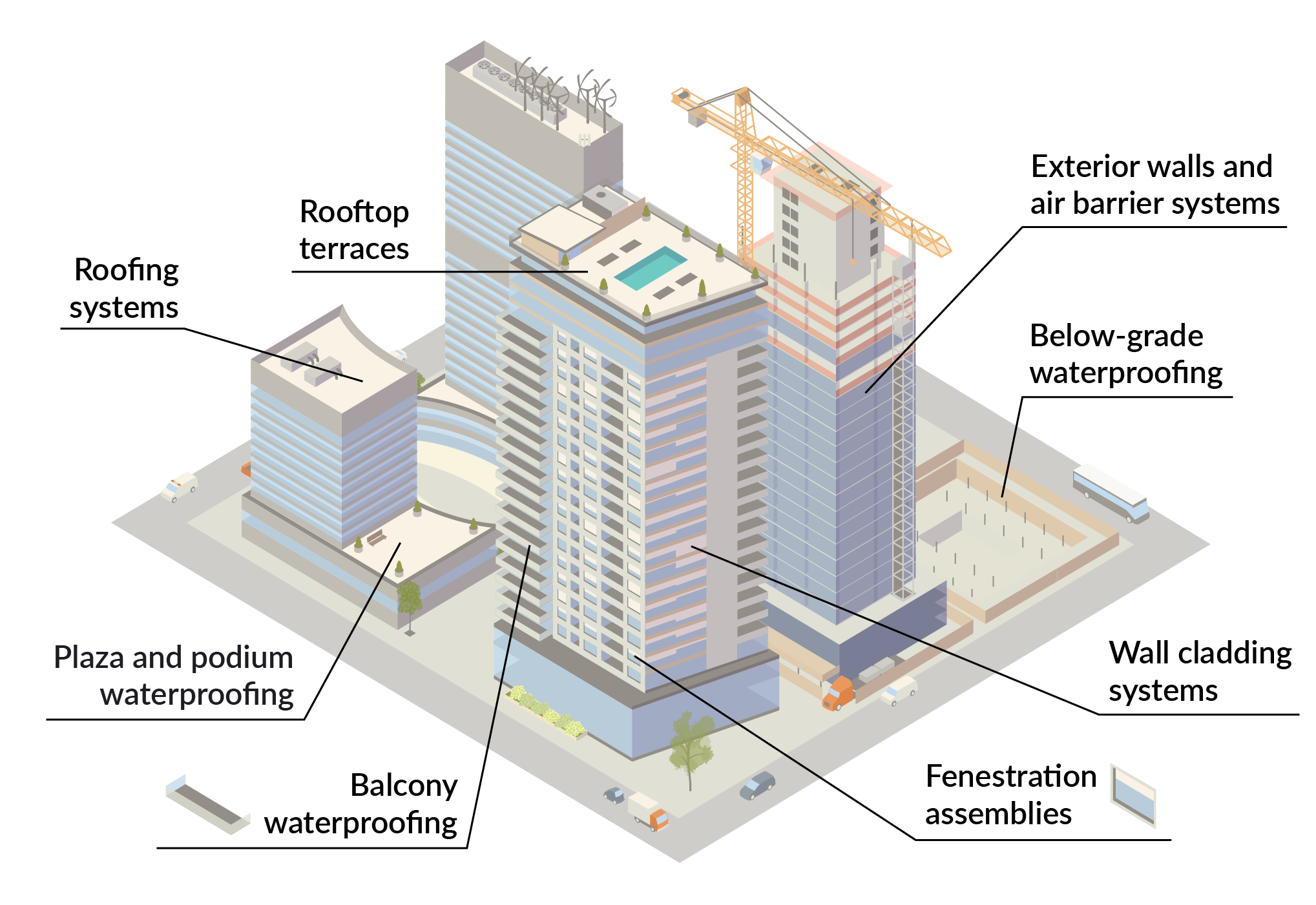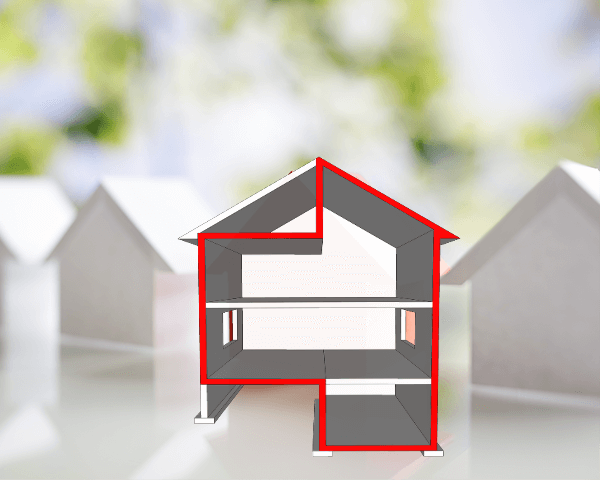

We are also happy to come out and test for air leaks as part of a repair service if you suspect lost system efficiency.
#Building envelope definition install#
For older homes, it is advised to install higher performance windows and doors, as well as sealing smaller air leaks around the home.ĭuring maintenance visits, Middleton can test for any air leaks in your system or home. 4218:2009 Thermal insulation Housing and small buildings defines the thermal envelope as the border a wall, floor or ceiling/roof.

In newer homes, a homeowner can seal door and window air leaks with caulk, and add insulation to their attic to help make the thermal envelope more efficient. However, even older homes can be improved to have more sealed thermal envelopes.Įxamples of breaches are leaks in the attic, drafty doors, poor insulation, and cracks in windows. Many older homes have weak thermal envelopes, which is what causes them to be drafty in winter and warm in the summer. This can lead to reduced efficiency of the overall HVAC system, reduced indoor air quality, reduction in the system’s lifespan, and increases in utility costs.īreaches in the envelope can be caused by neglect, the environment, or even just time. If the thermal envelope is not sealed correctly, the HVAC system ends up working overtime to cool or heat the home, because the air is just flowing through those cracks in the envelope and leaking outside. Figure 2B.2 Building envelopes define the container within. The thermal envelope’s only purpose is to prevent heat transfer from the interior of a building to the exterior in winter and vice versa in the summer.Ī thermal envelope is the key element of an energy efficient home. Figure 2B.1 Perspective of a proposed building design within the building envelope. This includes anything intended to keep the air inside such as insulation, windows, floors, outer walls, and outside doors. More specifically, it distinguishes between conditioned and unconditioned air.

The thermal envelope is basically any structure in your home that separates the air inside your home from the air outside. A building envelope is a continuous barrier around a house or other structure that separates the indoor and outdoor spaces. For the first blog in this series, we define the term thermal envelope and explain why it is important.Įvery home has a thermal envelope. The building envelope includes the materials that comprise the foundation, wall assembly, roofing systems, glazing, doors, and any other penetrations. It defines what portions of the building structure. In this blog series, we will cover some of this terminology to help our customers understand what we mean and why these terms are important to their HVAC maintenance and installation. The building thermal envelope is a key term and resounding theme used throughout the energy requirements. In the world of HVAC, we have our own vocabulary that we use every day, but sometimes the words we use don’t translate to our customers.


 0 kommentar(er)
0 kommentar(er)
